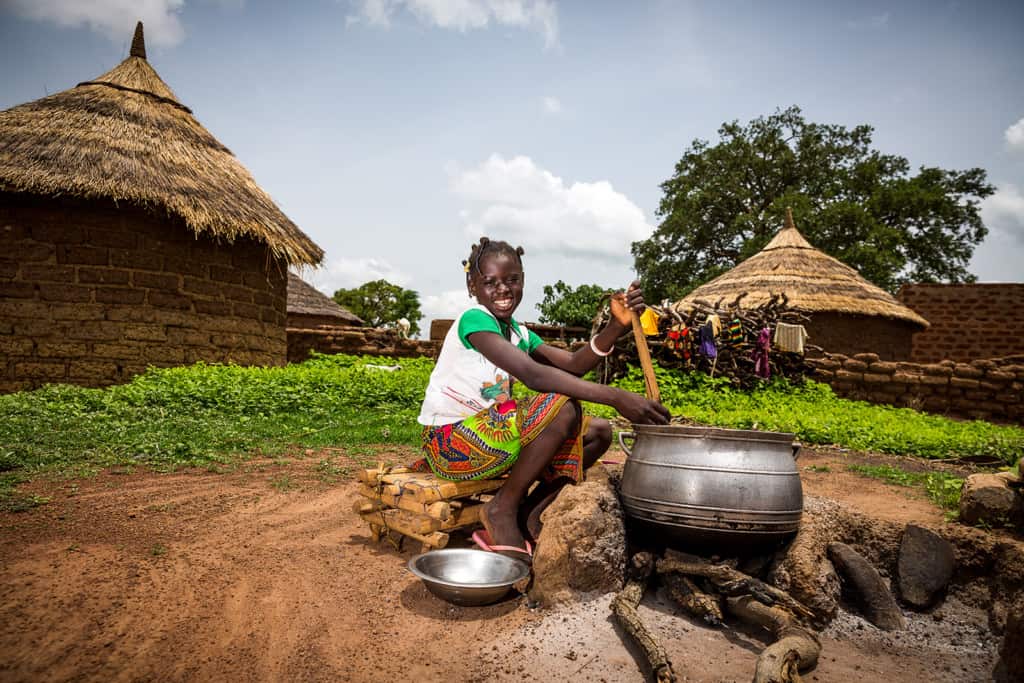
Burkina Faso — known as the land of honorable people — is home to more than 60 ethnic groups and many rich cultural traditions. Located close to the equator in West Africa, this landlocked country contains three climate zones: a sparsely forested south, a semi-arid north and a small, hot desert bordering the Sahara Desert. Today we’d like to share an array of facts about Burkina Faso — facts that will give you a deeper look into the culture of this beautiful country where tens of thousands of Compassion-assisted children live.
Key Facts About Burkina Faso
Here are some quick facts you should know about Burkina Faso:
- Population: 20,835,400
- Capital: Ouagadougou [wah-guh-doo-goo]
- Official language: French, but native African languages are spoken by 90% of the population
- Area: 105,869 square miles (274,200 square kilometers). That is slightly larger than Colorado.
- Economy: Cotton and gold are central to the economy of Burkina Faso. The agriculture industry employs 80% of the population, with cotton being the main cash crop. Gold accounts for about three-quarters of the country’s total export revenues.
Culture and Traditions of Burkina Faso
Burkina Faso — formerly known as Upper Volta — boasts a diverse ethnic heritage. With over 60 ethnic groups, it is almost impossible to name all the cultures and traditions, so here are just a few cultural fun facts:
Religion: Most Burkinabe people are either Muslim or Roman Catholic. Nearly 62% of the population identifies as Muslim, and 23.3% as Catholic. Nearly 8% believe in traditional African religions and animism, while 6.5% identify as Protestant — these individuals live primarily in the cities of Ouagadougou and Bobo-Dioulasso.
Clothing: In urban areas, Bukinabe people often wear clothes similar to those worn in the West, and in rural areas many farmers wear cutoff jeans as work clothes. Traditionally, women wear long, cotton skirts wrapped around the waist paired with colorful shirts. Men frequently choose a cotton shirt and pants, and some wear embroidered shoes.
General culture: Soccer, handball, cycling, basketball and boxing are all popular pastimes in Burkina Faso. Art is also valued, and the country hosts the largest craft market in Africa! Another key element of the culture is the creation of ornate masks by most of the major people groups of the region. The Mossi people construct antelope masks up to 7 feet tall, and the Bobo people wear large butterfly masks.
Music and Dance of Burkina Faso
While much of the popular music in Burkina Faso comes from other West African countries, Europe, and the United States, there is a variety of traditional Burkinabe music. In fact, each of the 60 different ethnic groups in Burkina Faso plays its own variety of folk music. Folk songs, stories and poems have been passed from generation to generation through oral traditions. These traditions were preserved through the help of “griots” who acted as historians, storytellers, musicians, poets and even advisers to royalty.
In central Burkina Faso you will find the largest ethnic group, the Mossi people, who retain ancient royal courts and courtly music. The Fulbe people, who live in the northern region, play a variety of traditional musical instruments including drums, the “hoddu” (a skin-covered lute similar to a banjo), and the “riiti” (a one-string bowed instrument). They also use complex vocal techniques and clapping to produce intricate, fascinating music. In the southwest region, the Mande people create music with “balafons” — a type of wooden xylophone. The “kora” is another popular Burkinabe instrument with 21 or more strings.
Every two years the city of Dédougou in Burkina Faso floods with dancers in striking masks and colorful costumes. The International Festival of Masks and the Arts, or “Festima,” is a vibrant biennial celebration of West African masks, culture and heritage. Masked dancers perform energetically to the music of drums, whistles and balafons.
A Story From Burkina Faso: High School Dropout to Business Owner
Sadly, many Burkinabe children are unable to finish school or develop job skills because of the extreme poverty. When Nourou, a Compassion-assisted teenager in Burkina Faso, stopped attending school because of his low grades, he felt like a failure and had little hope for his future. However, Jean Baptiste, his tutor at the Compassion center, recognized Nourou’s hidden talent — interior decoration and design.
Nourou says, “When Jean Baptiste shared about God’s amazing plans for me, I was confident that I could still do great things despite my poor scores at school. He encouraged me to do what I like the most because every career path has its value.”
Today, the 22-year-old believes God has wonderful plans and a purpose for his life. Nourou founded his own company and successfully designs interior decorations for birthday parties, weddings and ceremonial events in his city and even beyond the country’s borders.
More Stories About Burkina Faso
Food and Drink of Burkina Faso
The Burkinabe cuisine is typical of West Africa and bears European influences. Staples of the diet include sorghum, millet, rice, maize, nuts, potatoes, beans, okra and yams. Wealthier families may eat mutton and beef. However, in the villages, meat is replaced by fish or boiled eggs. Burkinabe people also enjoy tomatoes, carrots, onions and spinach, as well as strawberries, papayas, mangos and a variety of bananas, which they use to create both savory and sweet dishes. Here are a few common dishes and drinks from Burkina Faso.
Tô is the go-to carbohydrate in Burkina Faso! This yummy food is made from mashing millet, corn or sorghum into a smooth paste. The paste is formed into small balls and served with a soup, stew or sauce to add flavor. Learn to make tô here!
Babenda is a popular one-pot stew featuring the unique taste of fermented locust beans. Along with a blue cheese-like flavor, you’ll find bitter greens like spinach, kale, swiss chard or mustard greens, and dried fish in the stew. While this combination may seem odd to the American palate, it is a well-loved dish in Burkina Faso.
Bissap is a cold tea brewed from hibiscus leaves. Since hibiscus has a tart, sour flavor, sugar is typically added to sweeten it. This drink is not only delicious but also has a deep red or magenta color.
Banfora is a sweet welshcake popular in Burkina Faso. Banfora gets its name from the city of Banfora in southwest Burkina Faso. Sweetened with pineapple and sugar, these small fried pastries are a yummy snack.
BONUS: Fun Fact About Burkina Faso
“Rakiire” is an impertinent type of cross-ethnic joking that takes place in Burkina Faso. The exchange of jokes may seem insulting, but Rakiire actually helps avoid aggressive conflict. Learn more about this fascinating custom here.
Photos of What Daily Life Is Like in Burkina Faso
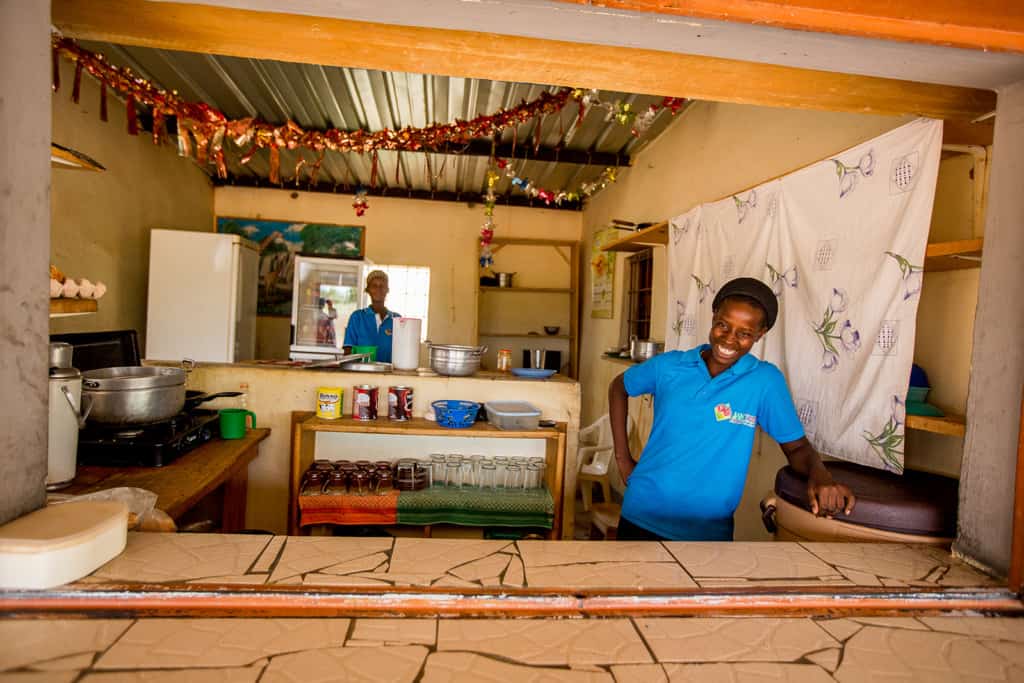
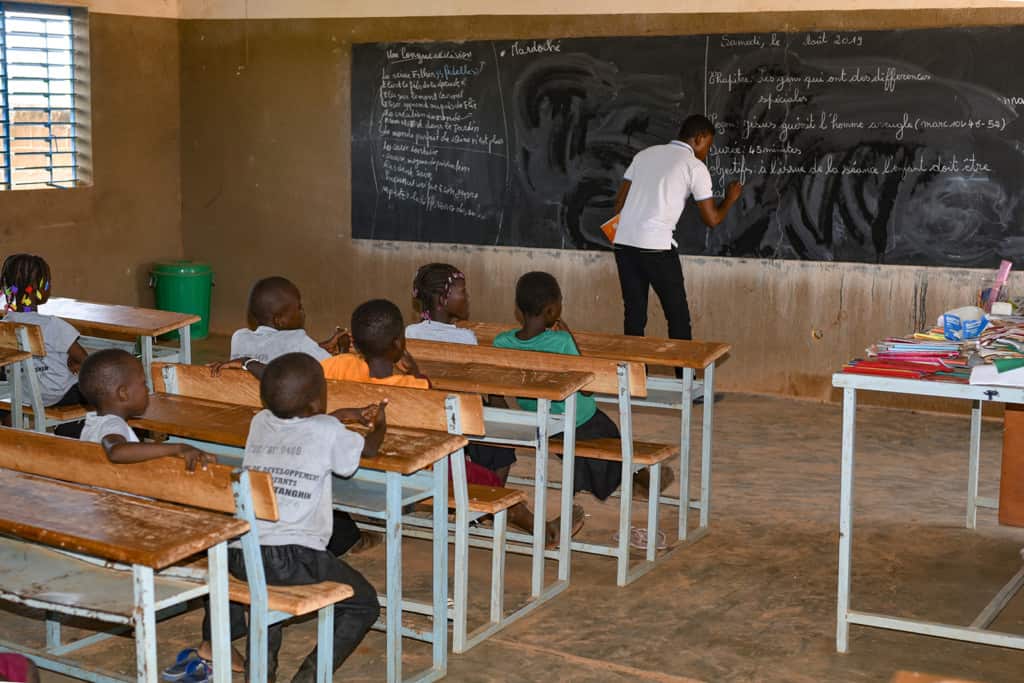
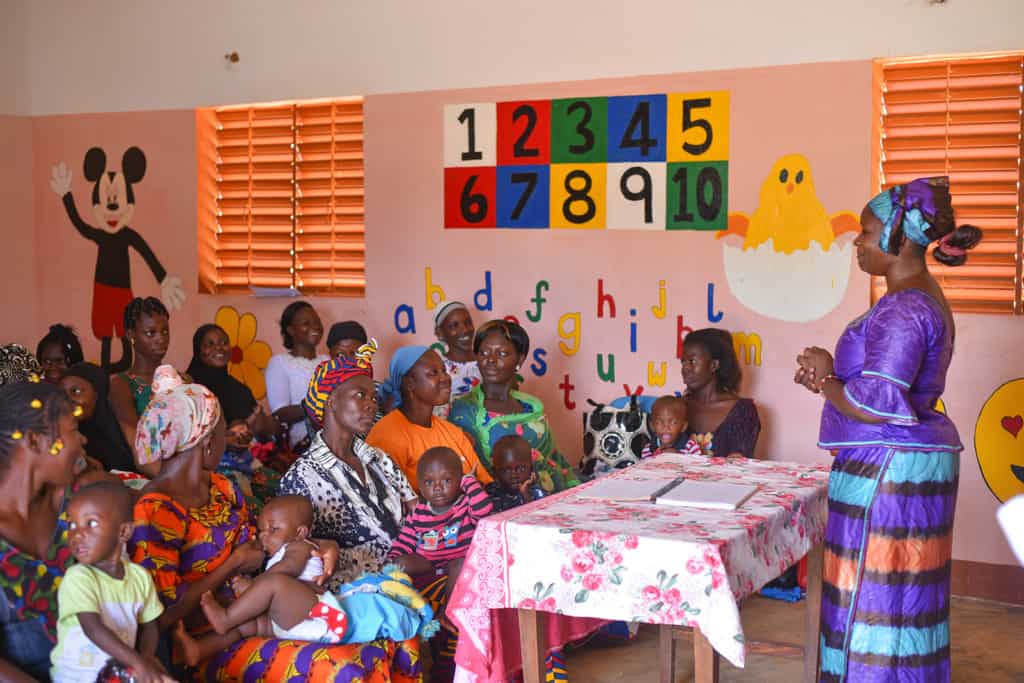
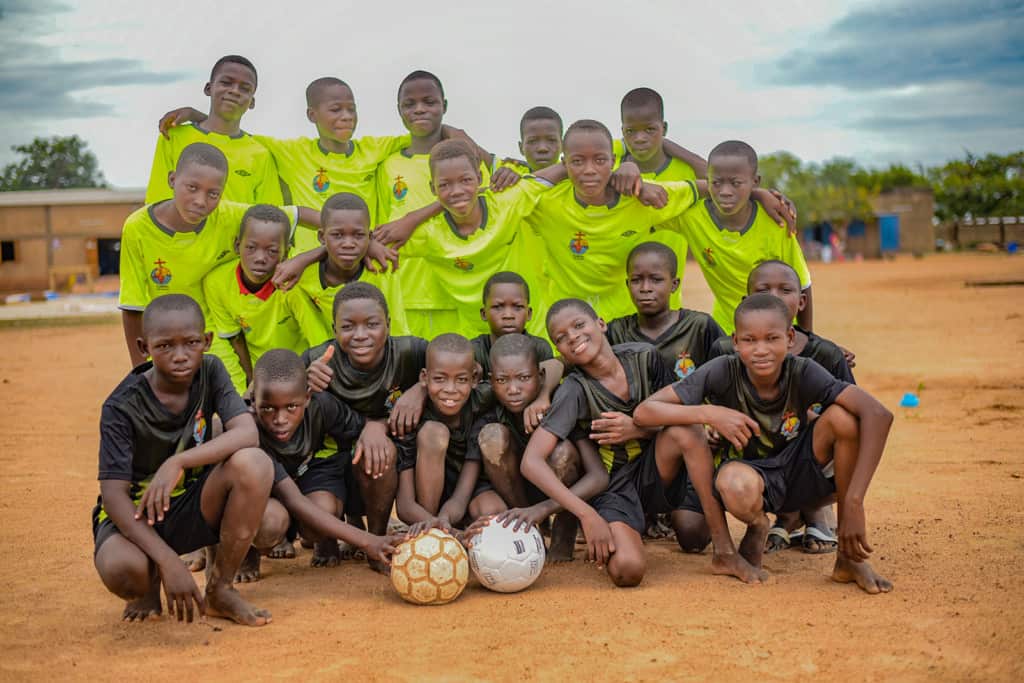
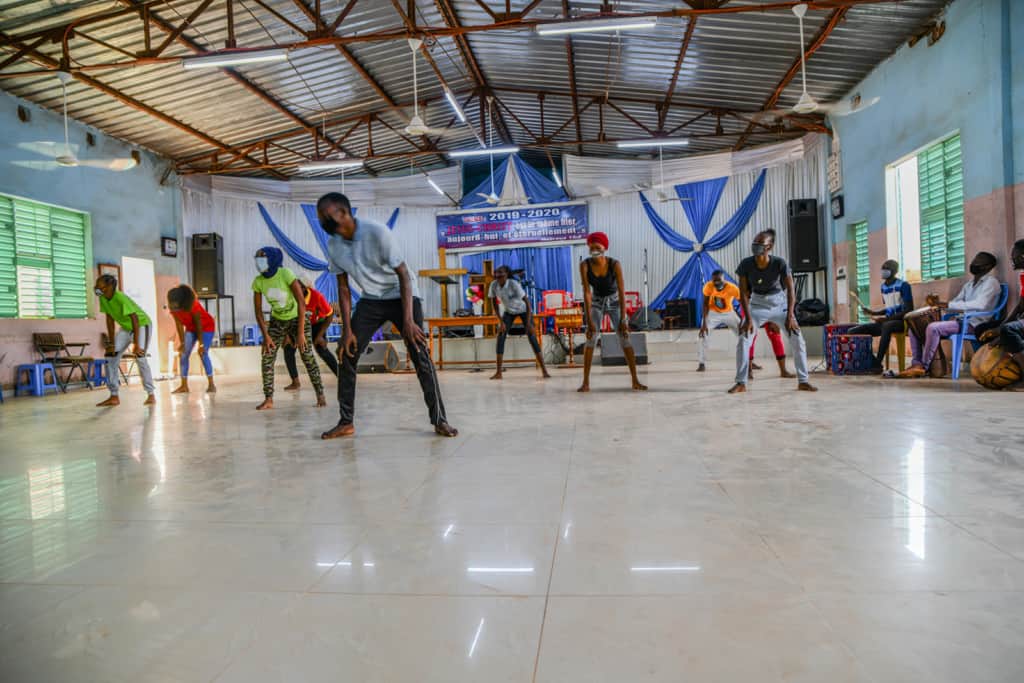
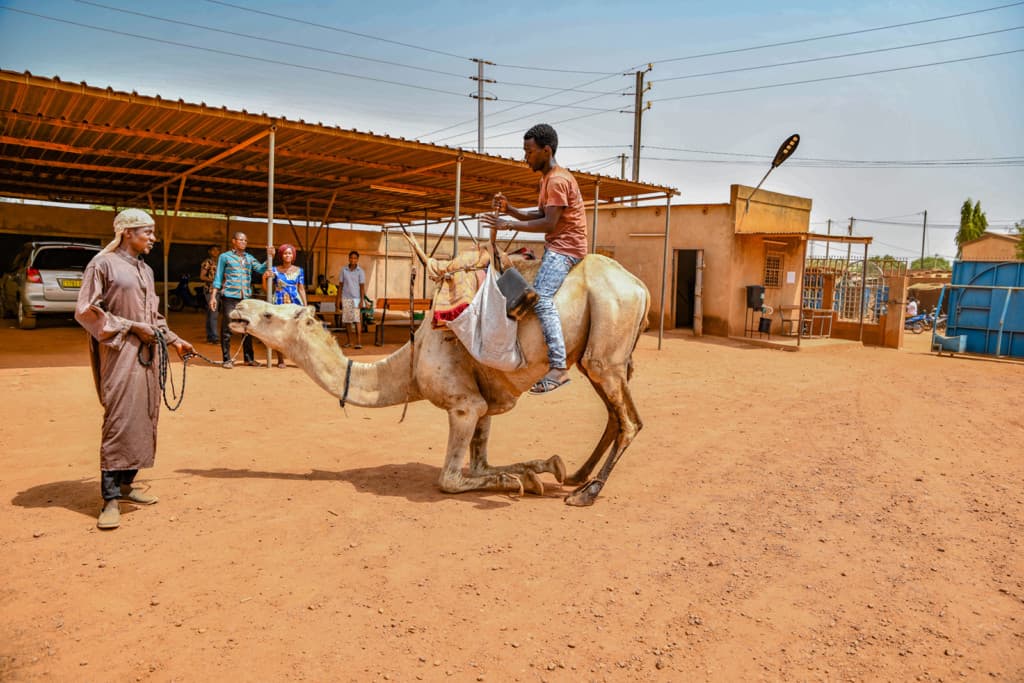
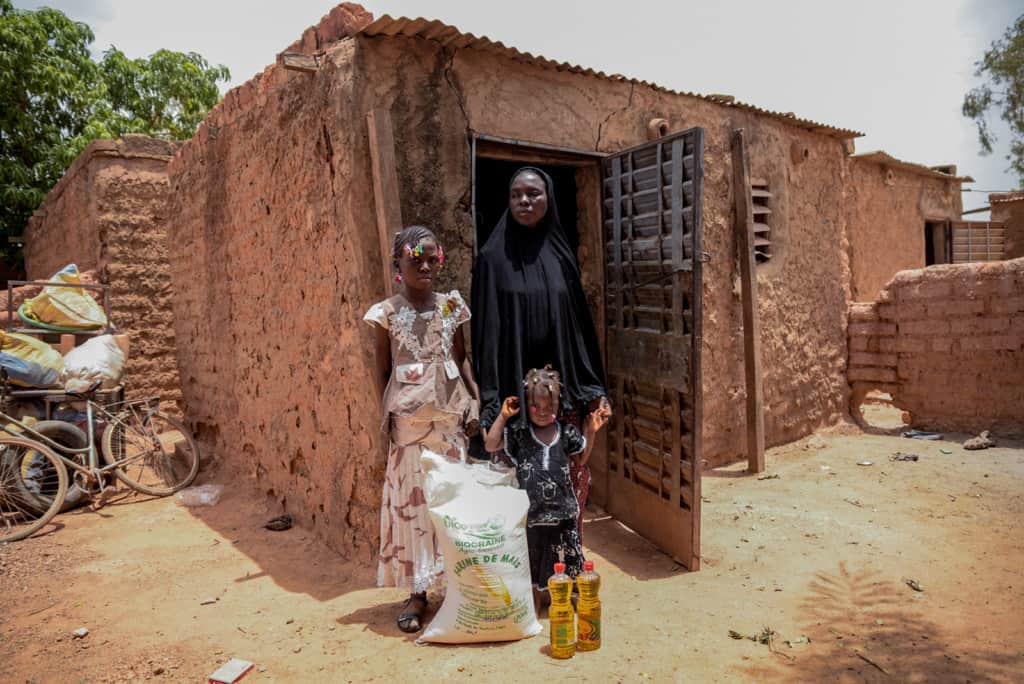
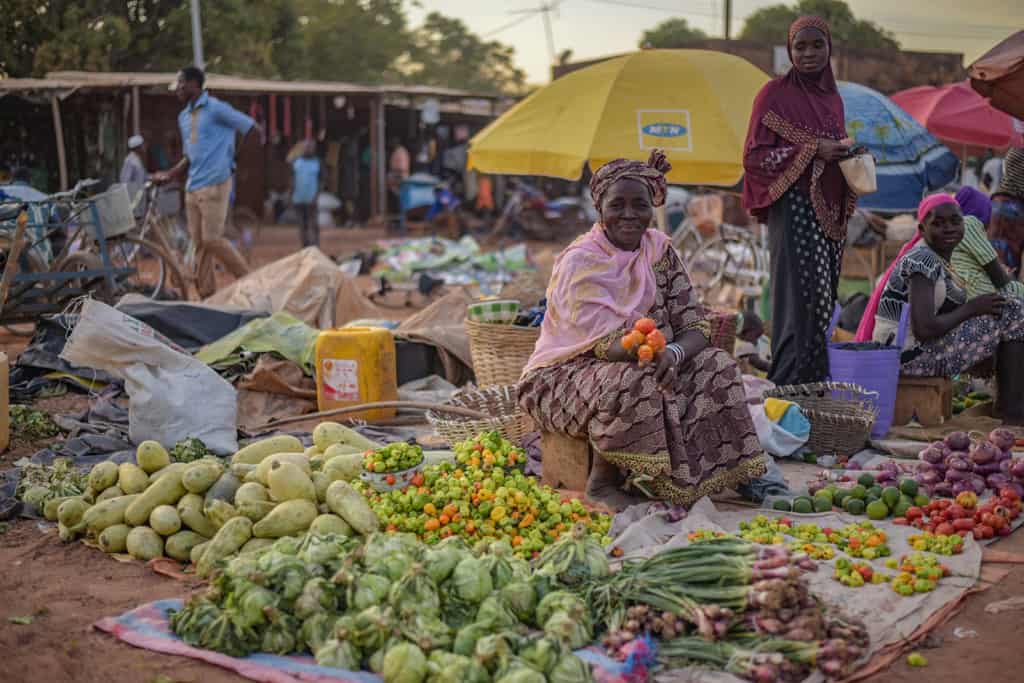
Do you want to keep learning about the beautiful country of Burkina Faso?
Facts About Compassion and Burkina Faso ›
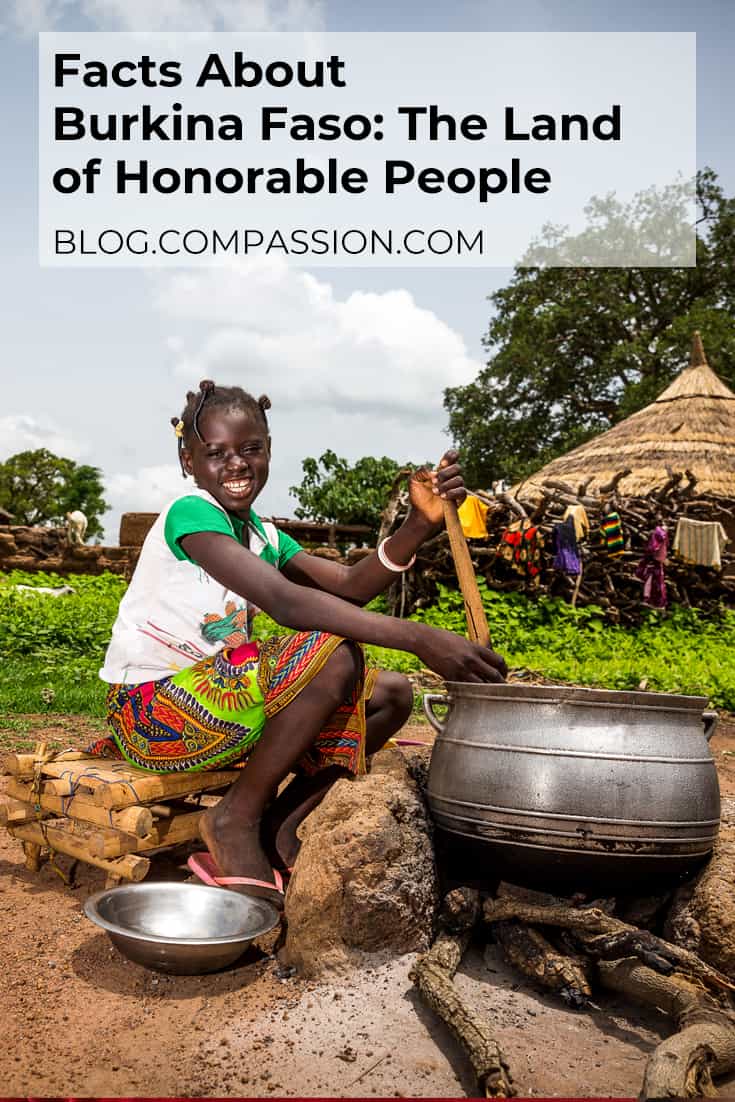
Each week on the blog, we’re posting an article of facts about a different country where sponsored children live. Keep an eye out for the countries that interest you the most!

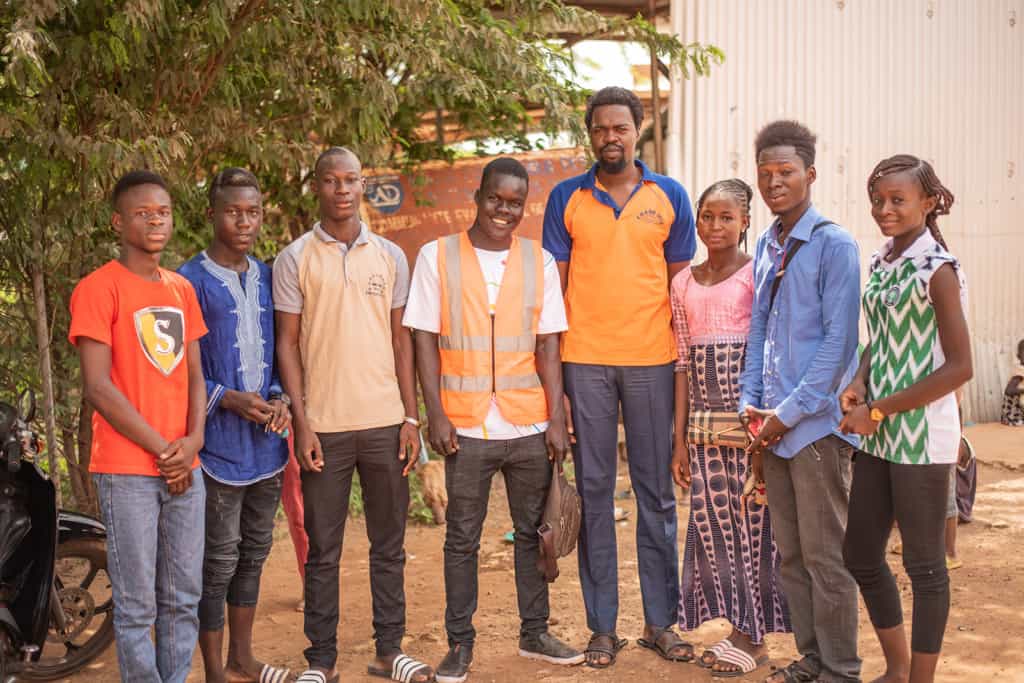
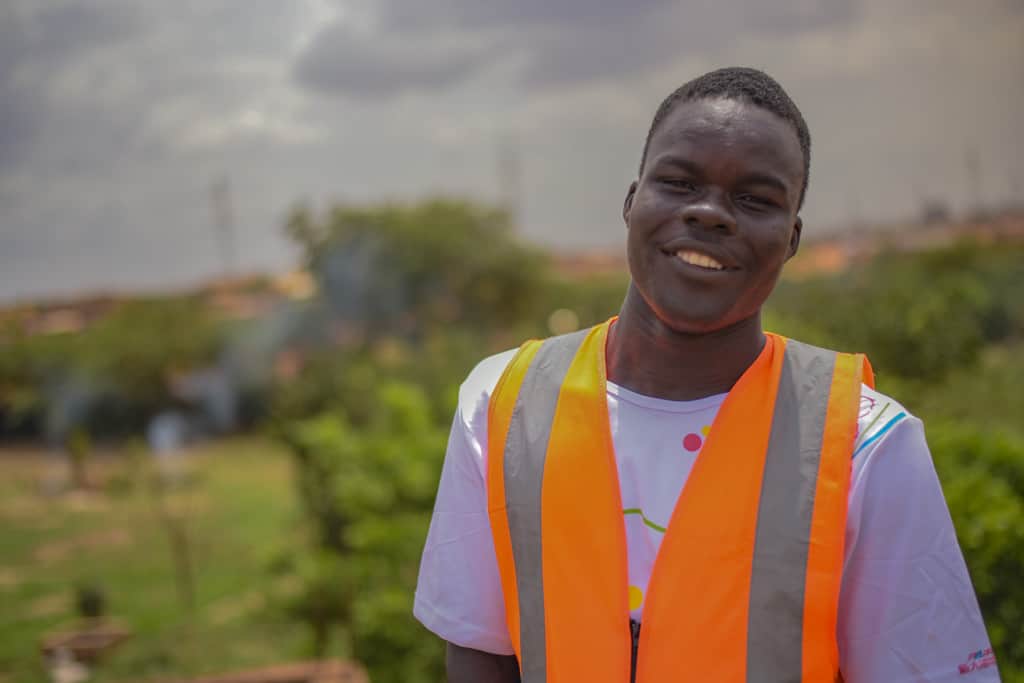
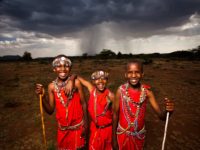
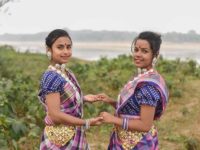
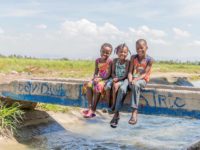
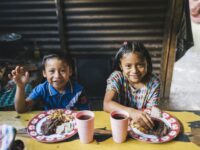


33 Comments |Add a comment
The most information I’ve seen on Burkina Faso. I too would like to visit. I’m encouraged by the sponsor who is believing so much for his kids. He sees them with God’s eyes and heart!!
Interesting post. To be quite honest I didnt even know there WAS a country called Burkina Faso…until I sponsored s child there. Her name is Latifatou.
I sponsored her because when I see her eyes, I see POWER. I see a little girl who one day, with the right influences, will be a formidable woman…a true leader. I have 4 kids (2 here 2 with another org) and of those 4, my intuition says 2 will be leaders in some way. She will understand what it’s like to grow up in poverty, fatherless, during a plague. She WILL help change that and prepare her people.
Food is fuel, knowledge is power, and power serves its charges.
Hello Marshall, thank you so much for sharing about your sponsored child! We know that each of those kids are being encouraged by you in incredible ways! ?~Taryn
Thank you for a great blog on Burkina Faso! My adopted child Eric is from this country and good to such wonderful information about Eric country and culture. These blogs are very informative thank you again for the information.
I am so glad to learn more about Burkina Faso since I have a young friend there. I had never heard of that country until I sponsored a child in that area. I would really like to visit him but at 95 I must be content with letters and pictures. It sounds beautiful. Hopefully the percentage of Christians will expand!!
Hello Dorothy, that is wonderful! Thank you so much for being a blessing for that young child! ?~Taryn
I look forward to coming to Burkina Faso within 2 years. I have appreciate the blog with this info about the country and its culture. Thank you Compassion.
Hi Richard! I am so delighted that you enjoyed our blog post about Burkina Faso. We pray you are able to visit Burkina Faso sooner! ?
Thank you so much for this wonderful blog post! I absolutely loved learning about the place where my sponsor child lives and I really enjoyed the pictures!! So nice to see what his village must be like. I pray for my sponsor child daily and all of the children & their families!
Hi Sarah! I am so delighted that you enjoyed this blog post about Burkina Faso. Prayer is so powerful!
Thank you for sharing the photos with us.
Love this!! I’ve been sponsoring a child in Burkina Faso for 15 years, have visited her multiple times and even lived there for a stint!! It’s such a treat to see this amazing country featured!!
We love that you were able to visit your precious child, Jessica! What a gift. Thank you for your sponsorship over the past 15 years! We are so grateful to partner with you. ?
What a gift you have given me to be able to read about my sponsored children’s country. The pictures help to see what their daily lives look like. I no longer have to imagine it. I pray each day for their safety and health. This blog has let me see that God is working to protect them.
Thank you for your powerful prayers, Peggy! We are so happy you were able to learn more about where your precious child is from! ?
Thank you for the insightful information on Burkina Faso.
I’m glad I read it, makes me more informed about where the child I sponsor is from. Thank you for putting this together.
We are so glad you enjoyed learning about Burkina Faso! Thank you for sponsoring your precious kiddo, Jazmin! ?
So excited to know more about Jean’s homeland.
This makes us so happy, Gail! Thank you for sharing! ?
I’m happy to learn Brukina Faso now. We all should visit someday.
Thank you for your hard work.
Crystal, we sincerely hope that you get to visit Burkina Faso someday soon! ?
Thankful to be able to learn more about my sponsored child’s country. Helps me to know how to be more specific in my prayers for him and his family.
Hi Margo! I am so glad that we were able to help you learn more about your child’s country! ?
I also enjoyed reading about my child ‘s country. It is marvelous what Compassion ministers into these children’s lives. I am just thankful to be a small part of his life.
June, thank you for all you are doing for your sweet child! We are so grateful for your partnership! ?
Enjoyed reading this. Thank you.
I really enjoyed this. Thanks!
Thank you so much for this article. I found it very comprehensive and interesting. I loved finding out about Sara’s country.
Hi Liz! It warms my heart that you were able to learn more about Sara’s country! Burkina Faso is a beautiful country.
So blessed to read about Burkina Faso, my sponsored child’s country! I love learning more about his country and the testimonies of the Lord’s work here!
Hi Margaret! I am so pleased that you enjoyed learning more about Burkina Faso. Have a blessed day!
“Thank you so much for this article that depicts our true reality and makes us proud!
Nourou is an exemple of God faithfulness. He has a twin sister called Nourata who is also very enterprising. By their testimonies they have brought their mother to give her life to our Lord Jesus Christ. Ten thousand thanks to God for the marvelous ministry of Compassion!”